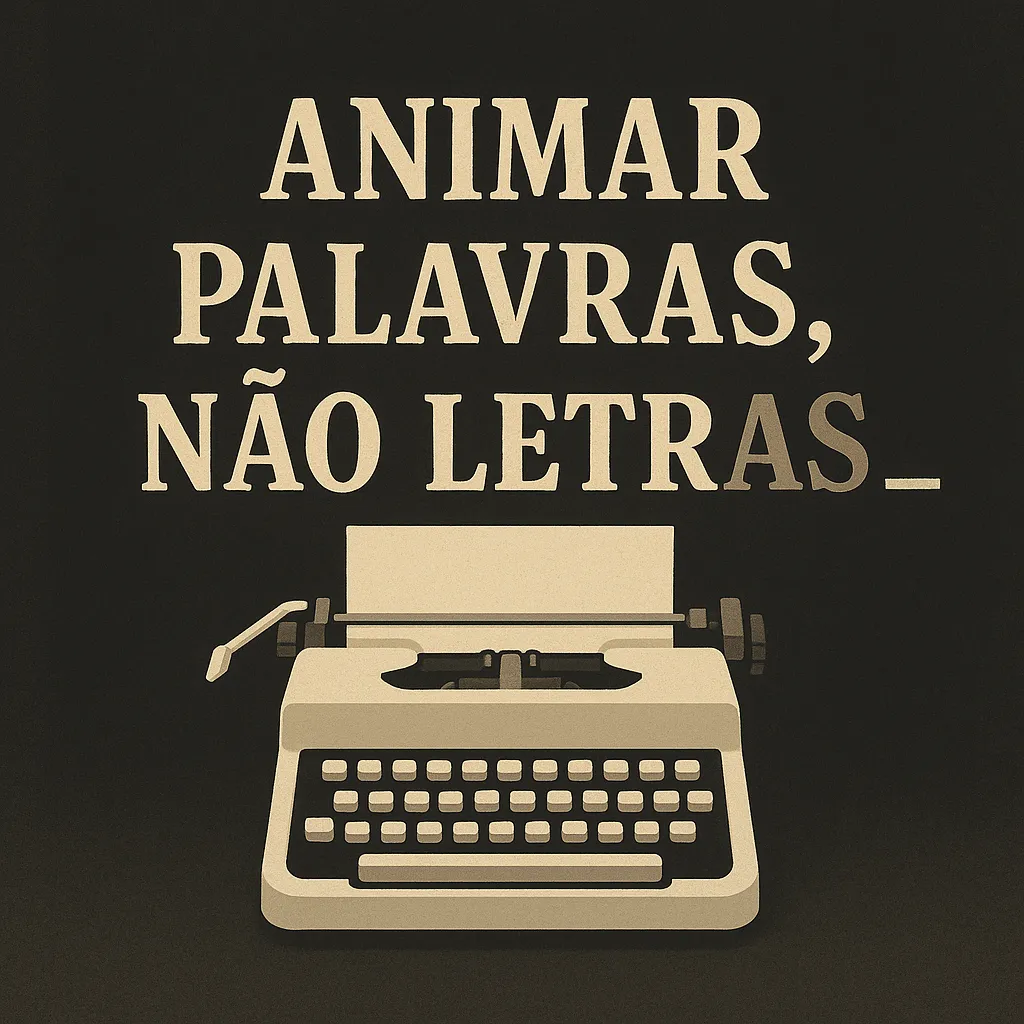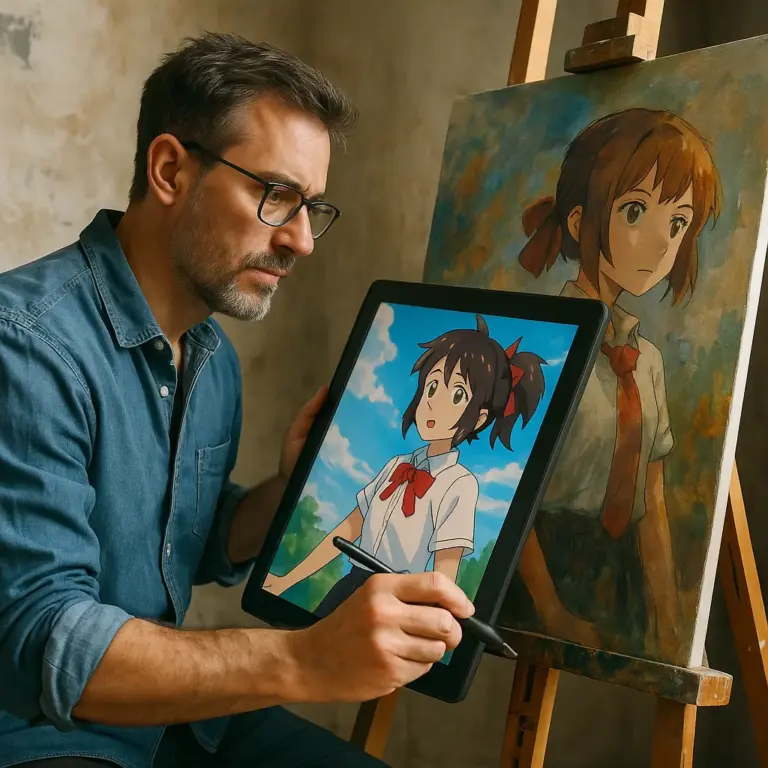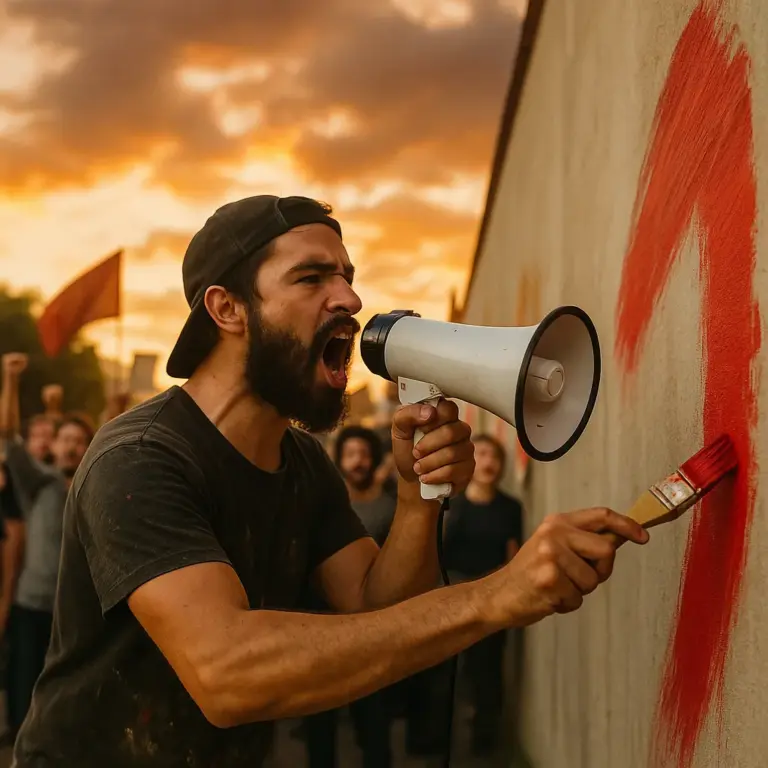At the 2025 Game Developers Conference, Tom Francis — creator of Tactical Breach Wizards and founder of Suspicious Developments — raised an important point: indie developers should animate their game text word by word, not letter by letter. It may seem like a technical detail, but this choice directly affects how players engage with the narrative and connect with the story. According to Francis, this small change can transform a generic experience into something rhythmic, playful, and closer to spoken language.
Why Animating Text by Word Makes a Big Difference
Francis laid out a clear argument: animating text letter by letter creates a transition that’s too smooth, too continuous, and lacking rhythm. That, he says, is a problem. When comparing the two styles — letter-by-letter vs. word-by-word — the latter clearly stands out for its personality. The text appears to “dance” across the screen, mimicking the natural rhythm of speech and offering built-in pauses between words.
While there’s no hard science behind it, Francis suggests this technique works because it mimics how the brain processes spoken language. “It’s not science. It’s a hunch,” he admitted. Even so, it intuitively makes sense — especially in games without voice acting, where text is the main narrative channel.
The Experience in Tactical Breach Wizards
In Tactical Breach Wizards, all dialogue is animated word by word, accompanied by the dry clack of a typewriter sound effect. This creates a pacing that mirrors human speech and makes exposition feel interactive. For players who prefer to read faster, a single button press reveals the full text — without losing the charm of the animation.
In the studio’s previous games, like Gunpoint and Heat Signature, animation was still done letter by letter. When Francis tested the new approach, the difference was so striking he described it as “night and day.” And if you’ve played both styles, you likely know exactly what he means.
What Does Text Animation Have to Do with Gameplay?
A lot. Players — especially in indie games — tend to have limited patience for long exposition scenes, especially early on. Lengthy cutscenes that resemble animated comics can quickly become tedious. Editor Bryant Francis points out that even fans of cinematic games like Spider-Man 2 or Star Wars Jedi: Survivor appreciate intros that grab attention through pacing and style, not information dumps.
In the indie world, where budgets are tighter, storytelling often leans on simple tools — like interactive text and stylized art. That’s why poorly animated text can ruin an emotional or comedic moment, no matter how well it’s written.
Good Writing Needs Good Presentation
This isn’t a new idea. In 2020, Disco Elysium designer Robert Kurvitz explained that the game’s success relied heavily on text clarity. The RPG, packed with 20th-century ideological and philosophical references, could have easily pushed players away if the team hadn’t designed a dialogue system “as addictive as Twitter,” in Kurvitz’s words. They were inspired by messaging apps and notification systems to keep the text snappy, personal, and compelling.
But this kind of polish goes beyond what’s written — it includes how it’s delivered. That’s where word-by-word animation becomes a storytelling tool, not just a stylistic choice.
A Nostalgic Example from Classic Games
This technique isn’t entirely new. Game Boy and GBA titles like Golden Sun and Fire Emblem used word-based animation combined with unique sound effects to make dialogue more memorable. Part of what made these games stick in players’ memories was that distinct rhythm and audio-text harmony.
In fact, Bryant Francis jokes that if he could, he’d implement this animation style in the websites he writes for — even if it completely broke the site’s code.
When Letter-by-Letter Still Makes Sense
Animating text word by word isn’t always the best option. Animal Crossing, for example, combines letter-by-letter animation with its characters’ humorous vocalizations — a creative choice that strengthens the game’s identity. The point is: that decision was deliberate. It wasn’t generic. It reflected a specific vision of how the game should feel.
The real issue arises when games follow letter-by-letter animation by default, without considering font, pacing, screen layout, or accessibility. What could be charming becomes tedious and visually flat.
Timing Is Everything — Especially in Comedy
Francis emphasized that word animation works especially well in games with comedic elements. That’s because humor, in any medium, relies heavily on timing. The exact moment a line is delivered can make or break a joke. This holds true in sitcoms — and in tactical RPGs starring armored wizards.
Other genres can also benefit: narrative RPGs, visual novels, dating sims, and psychological horror titles can all improve storytelling immersion through a more expressive, rhythmic text system.




